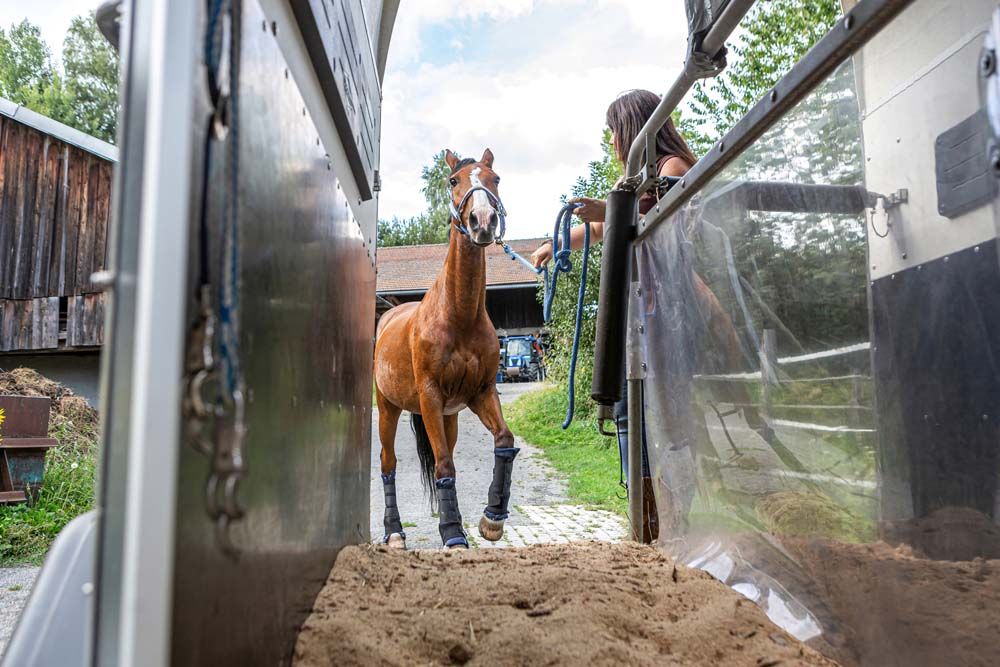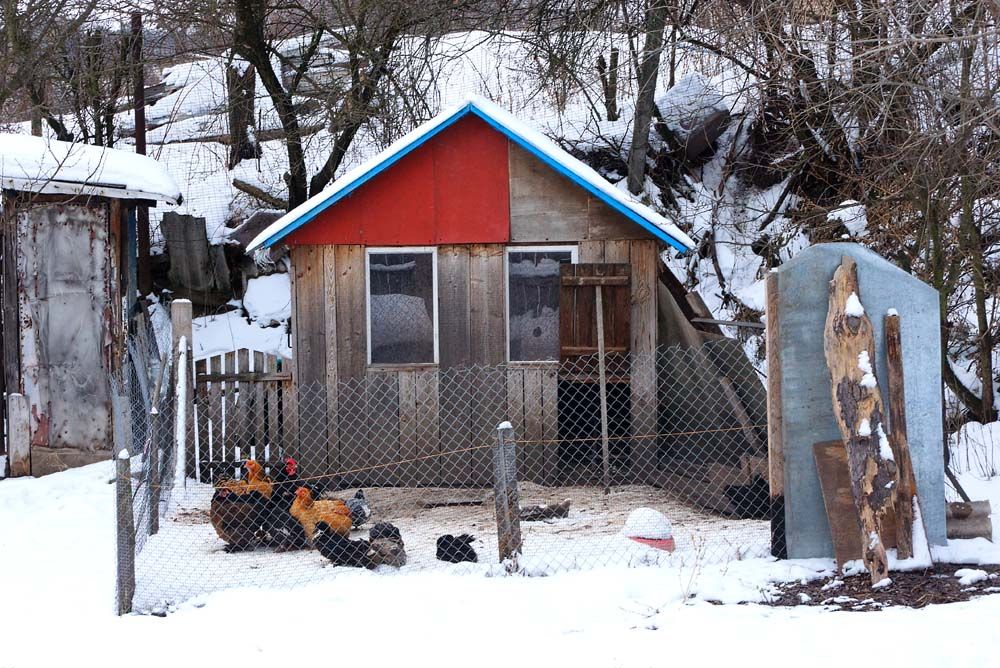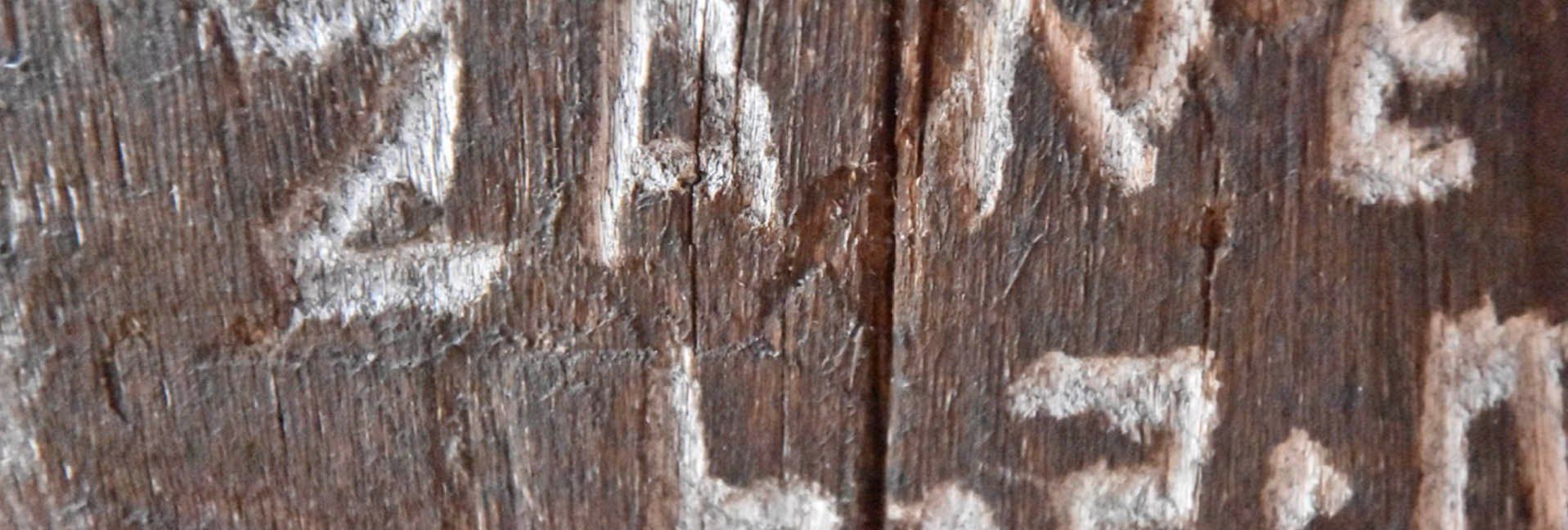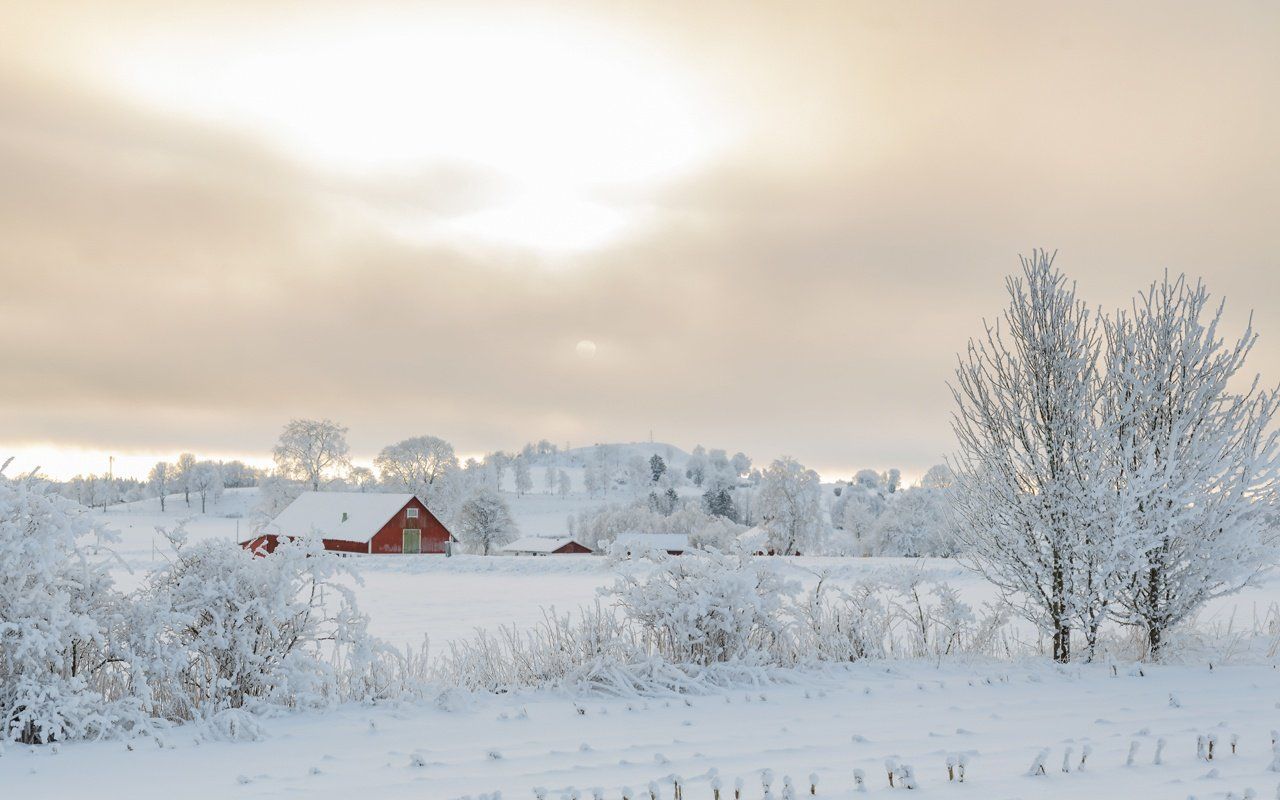Heritage Grains On The High Desert Plains
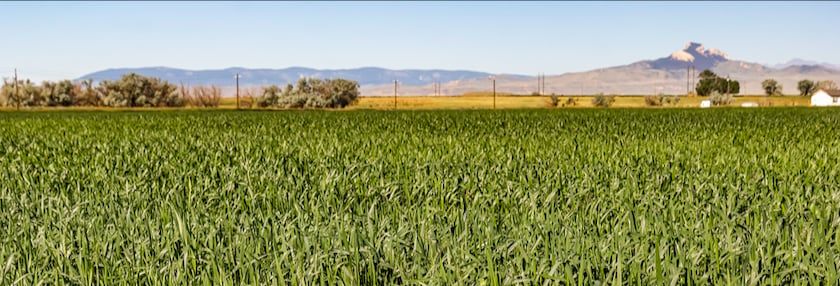

Sustainability comes from working with nature
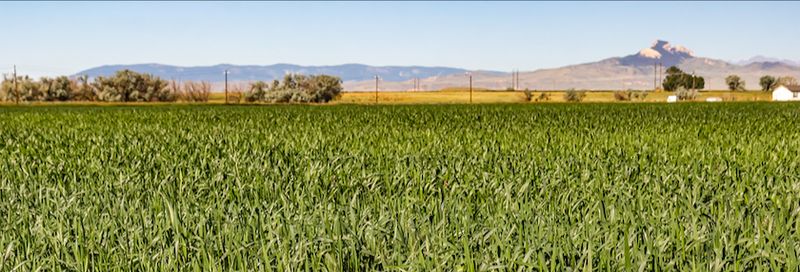
Western SARE (Sustainable Agriculture Research and Education) visited Sara Wood at Wyoming Heritage Grains and Wyoming High Desert Malt near Powell, Wyoming. The farm, about 70 miles east of Yellowstone National Park, is on land that once belonged to Buffalo Bill Cody. It has been farmed since 1908, with irrigation available starting in 1909. The farm has been in Sara's family since 1946.
She has practiced no-till farming since 2015 and started down the path of regenerative agriculture in 2017
Regenerative practices
In addition to beef cattle and alfalfa, Wyoming Heritage Grains grows White Sonora, Red Spring, and Einkhorn wheat; heritage rye; and barley in the high mountain desert. The farm receives approximately 6-9" of precipitation annually.
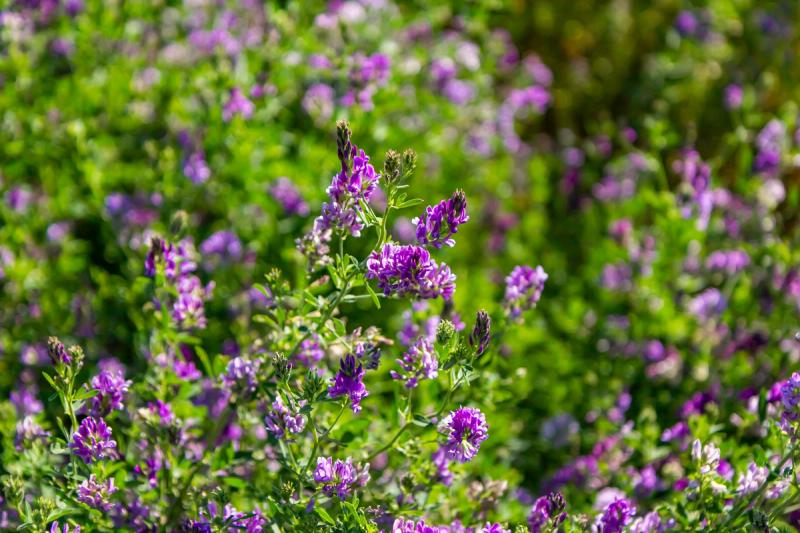
They utilize rotational grazing with their cattle and do not use synthetic fertilizers or pesticides.
In order to re-build organic matter, increase biodiversity, and grow nutritionally dense foods,
Wyoming Heritage Grains practices no-till farming and interseeds a diversity of cover crops into their grains. Crimson clover is one such cover crop. As a winter-killed cover crop, crimson clover can provide good weed control, fix nitrogen, attract pollinators, prevent erosion, and bring up nutrients found deeper in the soil.

Sara originally became interested in heritage grains when wondering why so many people are gluten intolerant. Even though some believe heritage grain varieties couldn't be grown, there have been benefits.
The heritage rye that is grown is not susceptible to smut as the ryes typically grown in the region are. The wheats grown are typically taller ranging about 5 feet. They are hardier and more drought resistant.
The yields are lower than yields from other farms in the area, but she has found a strong direct-to-consumer market. And the cows like the wheat stalks.
‘By working with nature and taking it slowly but properly, we're truly feeding people healthier food.’

—Sara Wood
Milling and marketing
As Sara talked with more people, she discovered a market of gluten-intolerant consumers who can eat products made from heritage grains and care about how the grains are grown. Those consumers are seeking nutritionally-dense products grown in healthy soil.
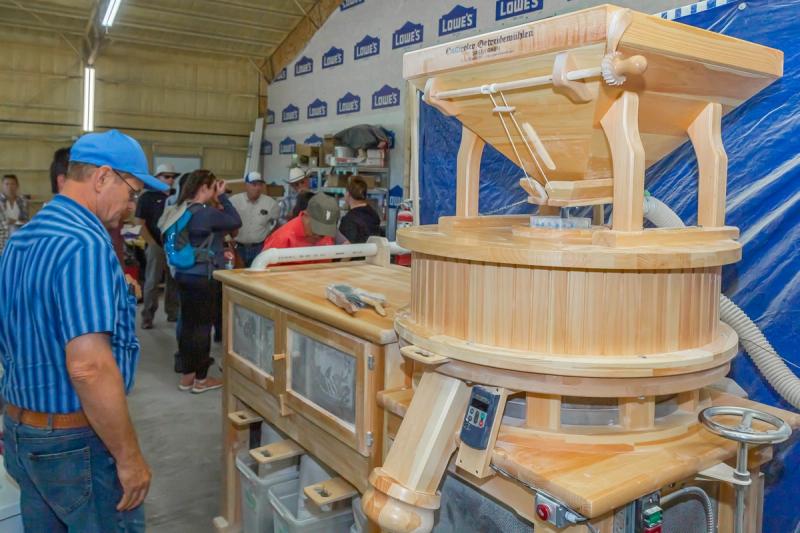
She built a malt house and purchased a European mill. She does all of her own marketing and sells flours, sprouted grains, and barley for malt through diverse outlets.
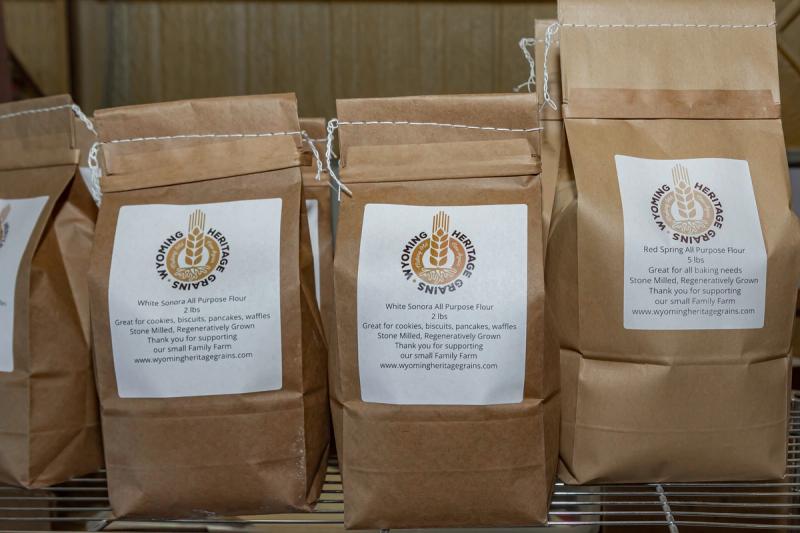
Sara admits to going "by the seat of my pants," but finds success in asking people what they want and filling the need.

All photos: Vo von Sehlen, Vo-tography Images
Learn more
Wyoming Heritage Grains wyomingheritagegrains.com/
Vo Von Sehlen Photography votographyimages.com/
About Western SARE
Western SARE is a program funded by the U.S. Department of Agriculture National Institute of Food and Agriculture (USDA-NIFA) that provides competitive grants conducted cooperatively by farmers, ranchers, researchers and ag professionals to advance farm and ranch systems that are profitable, environmentally sound, and good for communities.
Photography by Vo von Sehlen, Vo-tography Images
Tags:Features

Acreage Life is part of the Catalyst Communications Network publication family.





